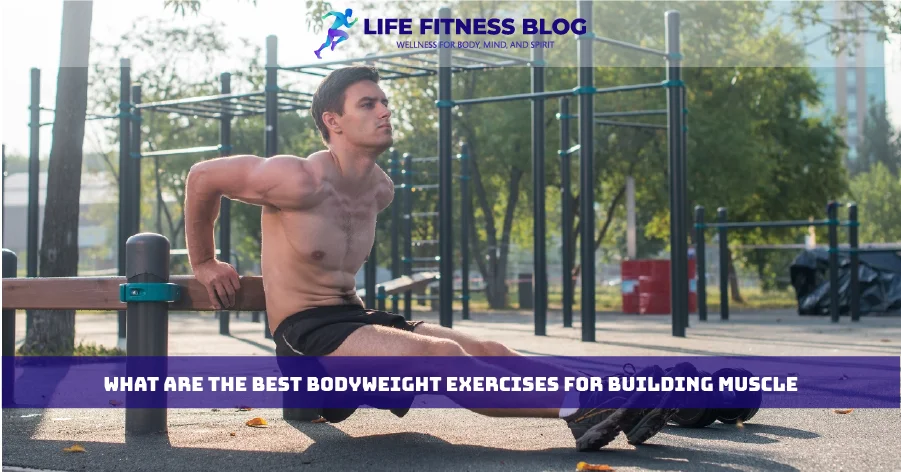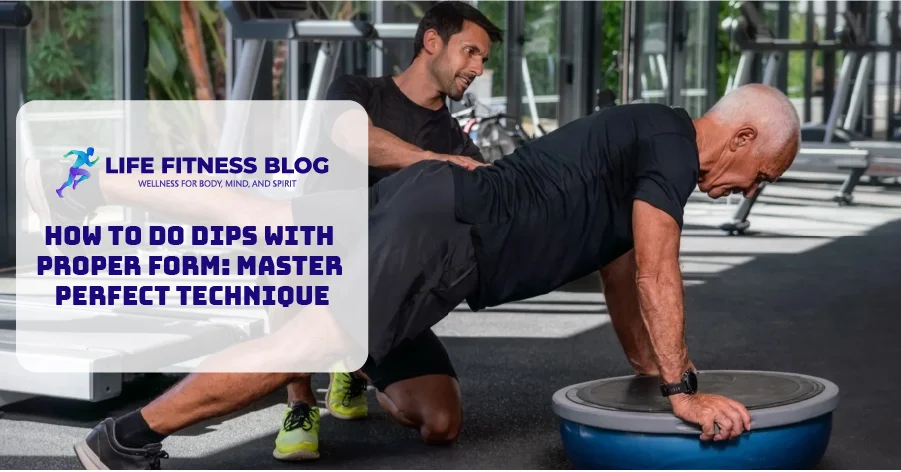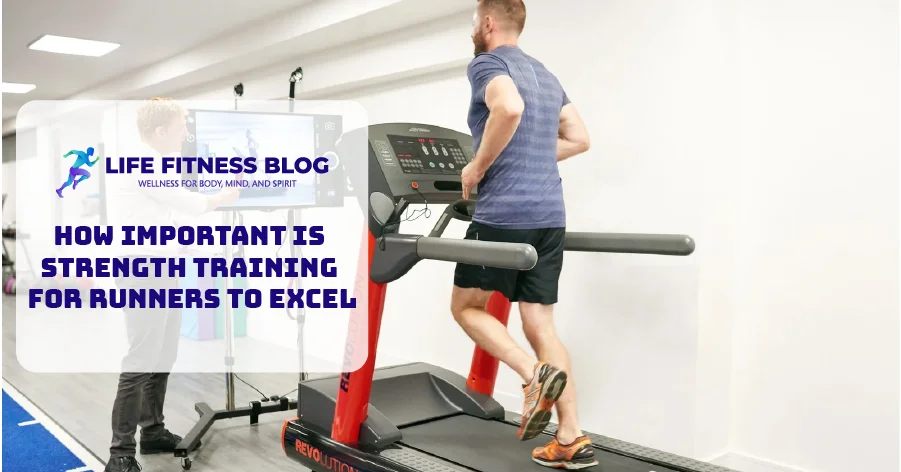Discover how to use your body to build muscle quickly. Bodyweight training is a powerful and easy way to get stronger and more toned. You don’t need expensive gym memberships or heavy equipment to do it.
Calisthenics, or using your body as resistance, is a great way to build muscle. By using the right techniques and increasing the challenge, you can grow your muscles. This method is simple, convenient, and lets you reach your fitness goals at home.
Table of Contents
The Science Behind Bodyweight Training for Muscle Growth
Starting a calisthenics workout journey can be very rewarding. It’s a unique way to build muscle without using weights. To get the most out of it, knowing the science behind muscle growth is key.
Progressive Overload in Calisthenics
The secret to growing muscles is progressive overload. In resistance training without weights, you increase the challenge of your exercises. This can mean doing more reps, changing how you do the exercise, or trying harder versions.
Muscle Fiber Activation Through Bodyweight Movements
Bodyweight exercises are great at targeting specific muscles. By using the right form and technique, you can work the fast-twitch fibers. These fibers are key for building strong muscles.
The Role of Time Under Tension
Time under tension (TUT) is also important for muscle growth in calisthenics. By controlling the movement and slowing down, you increase muscle tension. This leads to better muscle growth.
Knowing these principles helps you create a calisthenics workout that effectively challenges your muscles. It promotes muscle growth without needing weights.

Essential Equipment-Free Strength Training Principles
Building muscle without weights is all about understanding bodyweight training basics. These basics are key to a good home workout routine. They help you grow muscle and get stronger.
Choosing the right exercises is vital. Focus on big movements like push-ups, pull-ups, and squats. These work many muscles at once. This ensures you build muscle evenly.
Keeping the right form is also key. Good form prevents injuries and targets muscles well. Look for tips from trainers or online guides to get it right.
Increasing workout intensity is important too. Make exercises harder by adding weight or trying new versions. This keeps your muscles growing and getting stronger.
Don’t forget about rest. Your muscles need time to recover and grow. Make sure to rest enough between workouts.
By following these principles, you can build muscle at home. You won’t need heavy weights to reach your fitness goals.
What Are the Best Bodyweight Exercises for Building Muscle
Building muscle without weights means focusing on exercises that target major muscle groups. These exercises boost strength, mass, and overall fitness. Let’s look at some top bodyweight exercises for muscle building.
Push-Up Variations for Upper Body Development
The classic push-up works the chest, shoulders, and triceps well. But, try different push-up variations to keep your muscles challenged. Here are some effective ones:
- Wide-grip push-ups for broader chest development
- Diamond push-ups for emphasizing the triceps
- Elevated push-ups, which increase the range of motion and challenge your muscles further
Pull-Up Progressions for Back Strength
Building a strong back is key for a balanced physique. The pull-up targets the back, biceps, and grip. If full pull-ups are tough, start with assisted or negative pull-ups to build strength.
Lower Body Mass Builders
Don’t forget about your lower body in bodyweight training. Squats, lunges, and step-ups build leg and glute muscles. Try jump squats or pistol squats for more challenge and muscle growth.
Progressive overload is crucial for muscle building with bodyweight exercises. Increase the difficulty of exercises over time. Mastering these movements will help you build a strong, muscular body without weights.

Creating Your Optimal Bodyweight Training Schedule
Creating a good bodyweight training schedule is key to growing muscles and staying fit without big equipment. It’s about finding the right mix of how often, how much, and how hard to train. This helps you make a plan that fits your goals.
Begin by training each big muscle group 2-3 times a week. This lets your body rest and recover well. Spend 1-2 days on upper body, 1-2 on lower body, and 1 day on full-body or core exercises.
- Beginners should do 2-3 sets of 10-15 reps for each exercise. Increase the challenge as you get better.
- Intermediate and advanced folks can try harder exercises like one-arm push-ups. Aim for 3-5 sets of 8-12 reps.
- Always listen to your body. Adjust how hard and how much you train to avoid burnout and keep growing muscles.
Sticking to a routine is crucial. Pick a time that works for you, like morning or evening. Regular training will boost your strength, endurance, and look.
| Fitness Level | Frequency | Volume | Intensity |
|---|---|---|---|
| Beginner | 2-3 days per week | 2-3 sets of 10-15 reps | Moderate |
| Intermediate | 3-4 days per week | 3-5 sets of 8-12 reps | High |
| Advanced | 4-5 days per week | 4-6 sets of 5-10 reps | Very High |
By following these tips and making your home workout routine or bodyweight training fit your needs, you’ll grow muscle and reach your fitness goals. You won’t need a gym or special gear.
Advanced Calisthenics Techniques for Muscle Hypertrophy
As you get better at calisthenics, using advanced techniques can boost your muscle growth. Learn about isometric holds, combining movements, and plyometrics. These methods can help you grow stronger and reach your full potential.
Isometric Hold Progressions
Isometric exercises, where you hold a position, are great for muscle building. Begin with simple holds in push-ups, squats, and pull-ups. Then, increase the time to make your muscles work harder.
Try elevating your feet, adding weights, or moving to harder holds like the planche. These steps will challenge you more and help you grow stronger.
Compound Movement Combinations
Mixing different exercises into one can make your workout more effective. Try linking a pull-up with a push-up, or a squat with a shoulder press. These combos work many muscles at once, boosting your workout’s power.
Plyometric Integration
- Plyometric exercises, with their explosive moves, build power and muscle. They include clapping push-ups, box jumps, and explosive pull-ups.
- Begin with easier plyometrics and get more intense as you get stronger and more coordinated.
- These exercises not only grow muscle but also improve your overall fitness and athleticism.
Mastering these advanced techniques will unlock new muscle-building possibilities. Keep practicing, increase the challenge, and focus on proper form. This will help you get the most out of your calisthenics workout.
Nutrition Strategies to Support Muscle Growth Without Weights
Building bodyweight muscle through equipment-free strength training depends a lot on what you eat. Eating the right foods can really help you get the most out of your workouts.
Protein is key for muscle growth. You should eat 0.7-1 gram of protein for every pound of your body weight. This helps your muscles recover and get stronger. Good protein sources include chicken, fish, eggs, and plant-based options like lentils and tofu.
- Eat protein-rich foods all day to keep your muscles getting what they need.
- Eat protein around your workouts to help your muscles grow.
Also, eating a bit more than you need can help your muscles grow. Add 300-500 calories to your daily intake, focusing on whole, nutrient-rich foods.
“Proper nutrition is essential for maximizing the results of your bodyweight training. By getting the right balance of macronutrients, you can support your muscle-building efforts and see faster progress.”
Don’t forget about when you eat. Eating carbs and protein before and after workouts helps your muscles recover and grow. This is important for your body to get the nutrients it needs.
By following these bodyweight muscle-building and equipment-free strength-training nutrition tips, you can reach your fitness goals without needing weights.
Common Mistakes to Avoid in Bodyweight Muscle Building
Starting a bodyweight training journey can be very rewarding. But, it comes with its own set of challenges. Knowing the common mistakes can help you avoid them and reach your muscle-building goals.
Form and Technique Errors
Getting the form and technique right is key in bodyweight exercises. Wrong execution can make the exercises less effective and increase injury risk. Make sure to keep proper form, focus on the right muscles, and avoid using other muscles. Look for guidance from trainers or online resources to improve your technique and get the most out of your workouts.
Recovery Misconceptions
Muscle growth happens not just during workouts but also during rest. Many people overlook the importance of rest, sleep, and nutrition in their training. Give your muscles enough time to recover and provide your body with the right nutrients to support muscle growth without weights.
Programming Pitfalls
- Lack of progressive overload: Bodyweight training needs consistent challenges to grow muscles. Increase the difficulty of your exercises over time to keep making progress.
- Imbalanced focus: Don’t focus too much on some muscles and ignore others. Create a balanced program that works for all major muscle groups.
- Insufficient volume and intensity: Bodyweight training is demanding. Push yourself beyond your comfort zone to grow muscles. Make sure you do enough sets and reps with the right intensity.
By understanding and avoiding these common mistakes, you can make the most of your bodyweight training. This will help you achieve your goals in resistance training without weights and bodyweight training for muscle building.
Tracking Progress in Your Calisthenics Journey
It’s key to monitor your progress to get the most out of bodyweight workouts. By tracking important metrics, you can see if your training is working. This helps you make changes to keep growing muscle. Whether you’re doing the best bodyweight exercises for building muscle or trying different bodyweight muscle-building methods, tracking your progress is crucial.
Tracking rep counts is a simple way to see how you’re doing. As you get better at push-ups, pull-ups, and squats, try to do more reps. This shows you’re getting stronger and more fit. Also, watch how long you can hold poses like the plank or handstand. Getting better at these shows you’re improving your control and balance.
But don’t just look at rep counts and hold times. Take body measurements regularly to see if your muscles are getting bigger. Pay attention to your chest, arms, shoulders, and legs. Set small, achievable goals and celebrate your wins. This will keep you motivated and help you reach new levels in your calisthenics journey.

FAQs
What is the core principle behind bodyweight training for muscle growth?
Progressive overload is the key. This involves gradually increasing the difficulty of your exercises, whether it’s more reps, longer holds, or harder variations.
Can I build significant muscle mass without weights?
Absolutely! Bodyweight training, especially calisthenics, is highly effective for building muscle. By focusing on proper form, progressive overload, and advanced techniques like isometric holds and plyometrics, you can achieve impressive results.
How often should I train and for how long?
Aim to train each major muscle group 2-3 times per week. Beginners can start with 2-3 sets of 10-15 reps, while intermediate and advanced trainees can increase to 3-5 sets of 8-12 reps. Listen to your body and adjust your routine as needed.
What are some common mistakes to avoid in bodyweight training?
Common mistakes include poor form, neglecting recovery, and not progressively overloading your workouts. Prioritize proper technique, adequate rest, and gradually increasing the difficulty of your exercises to maximize results.




